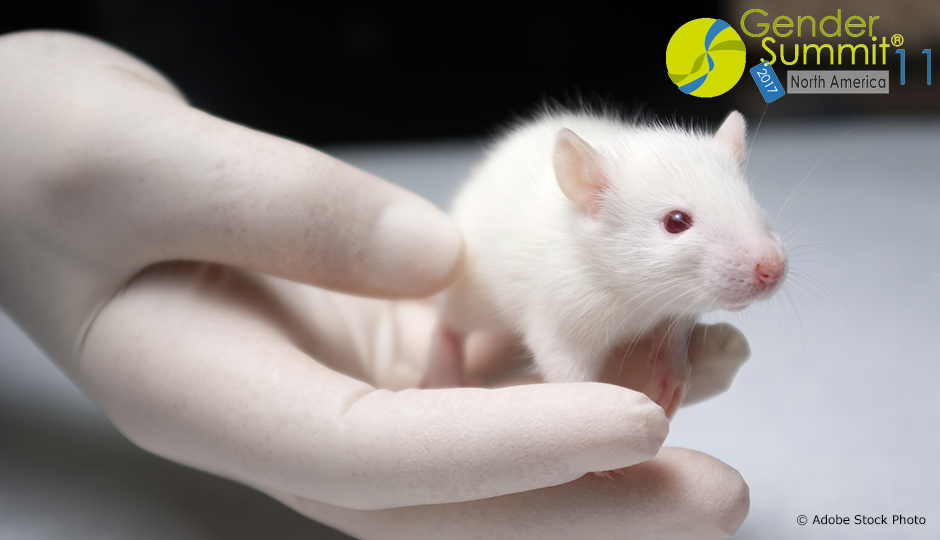“There’s too much testosterone in research labs!” says Jeffrey Mogil, researcher in the Department of Psychology at McGill University and member of the Québec Pain Research Network. And the situation could compromise the results of scientific studies. This is why Mogil, E.P. Taylor Professor of Pain Studies and director of the Alan Edwards Centre for Research on Pain, has made gender equality in the laboratory one of his main focuses. But his fight is not about gender parity between men and women but rather between male and female animal models.
The sex of pain
Over a decade ago, Professor Mogil had already sounded the alarm that only male rats were used as subjects in most research projects, claiming that the bias could skew the data. And he was right. In 2015, while attempting to confirm that it was possible to block pain pathways in mice and rats by interfering with the function of nerve cells known as microglia, Mogil found that the experiment worked only on males. But then how could the scientific community have asserted for so many years that microglia were responsible for the transmission of pain in the nervous system in males and females? By taking a closer look at the methodologies of scores of studies, Mogil came to the conclusion that the theory was based on experiments that, for the most part, had been conducted only on male rodents. He had proven that pain had a gender. And this discovery is extremely important since 70% of people who suffer from chronic pain are women. How is pain transmitted in women? By T lymphocytes—or T cells—that control the body’s immune response. This new knowledge will make it possible to develop pain medication that is better adapted to women.
Coed cages
“If I hadn’t initially used male and female rodents in my experiments, I wouldn’t have uncovered the difference,” affirmed Mogil. But unlike him, most researchers choose not to use female models because of their hormonal fluctuations. In 2008, he found that 79% of the research published in The Journal of Pain had been conducted on male subjects only. In 2015, the statistic hadn’t budged despite strong evidence that males are actually less biologically stable than females.
But change may be in the air now that the National Institutes of Health have called for the use of male and female rodents in preclinical studies in the US. And several major funding agencies have set out policies that require the use of rodents of both sexes. Because if pain has a gender, then other biological systems may also. We just don’t know it yet since almost all research has been on males.






